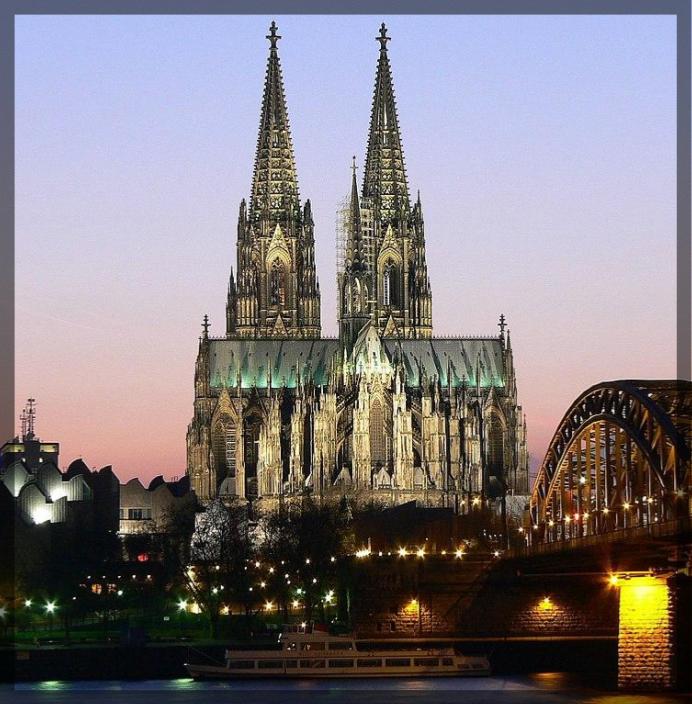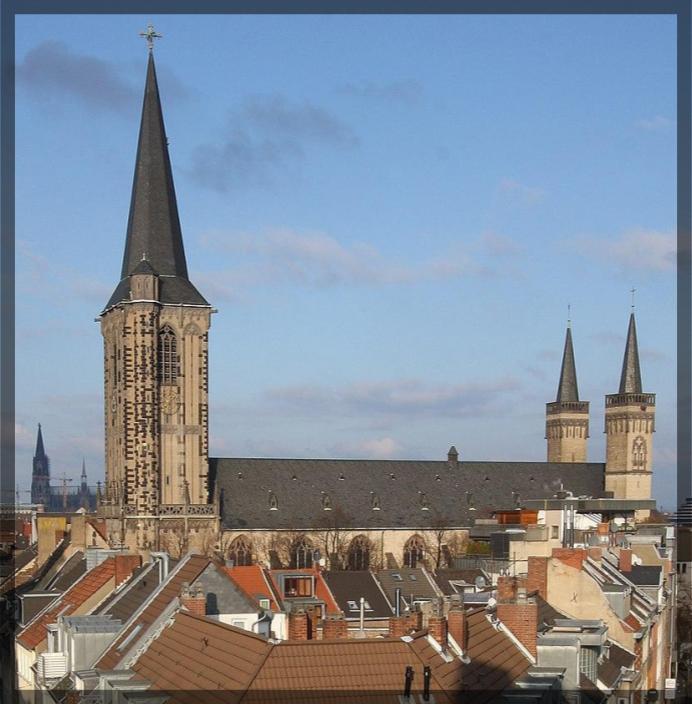COLOGNE, GERMANY – Life in the German city of Cologne was significantly disrupted as authorities successfully defused three unexploded U.S. bombs from World War II on Wednesday, following the city’s largest evacuation effort since the end of the war.
Key Facts:
- Massive Evacuation: Approximately 20,500 residents, workers, and hotel guests were evacuated from a 1,000-meter radius in the city center, including the Old Town and Deutz districts.
- Bomb Discovery: Three American-made bombs with impact fuses were discovered on Monday during construction work for road improvements in the Deutz neighborhood, a bustling area on the bank of the River Rhine.
- Successful Defusal: Bomb disposal experts successfully defused all three devices on Wednesday afternoon, though the clearance was slightly delayed by an individual who initially refused to leave their home.
The discovery of unexploded ordnance from World War II is not uncommon in Germany, but the size of these bombs and the densely populated area necessitated a significant and complex operation.
The Discovery and Scale of Operation

The unearthing of three American bombs during routine construction work earlier this week set in motion a massive logistical challenge for Cologne authorities. The city administration described the ensuing evacuation as “the largest operation since the end of WW2.” Why was such a large-scale evacuation necessary? The bombs were located in a prominent area, just across the Rhine River from Cologne’s historic center, a testament to the city’s role as a key industrial and logistical hub during the war, making it a prime target for Allied bombing raids.
Evacuation Efforts and City-Wide Disruption
Beginning at 8:00 a.m. local time on Wednesday, officials went door-to-door, instructing residents and businesses within the 1,000-meter (3,280-foot) exclusion zone to vacate. Authorities warned that refusal to evacuate could result in fines and, if necessary, forced removal by police.
The evacuation zone encompassed a wide array of critical infrastructure and daily life. Affected institutions included:
- Homes and shops
- 58 hotels
- Nine schools
- The Eduardus Hospital, from which some intensive care patients were carefully moved via ambulance
- Two retirement homes
- Numerous museums, including the Philharmonic Hall
- Government buildings
- The Messe/Deutz train station, a major transport hub, which was closed.
- Private television station RTL, whose main office is in the zone, had to interrupt its morning news program.
The city set up two drop-in centers for those without alternative accommodation. Residents were advised to bring identification and any essential medications.
Impact on Daily Life and Transport

The operation caused severe disruptions. Many of Cologne’s usually bustling streets were described as “eerily deserted.” All roads within the exclusion zone were closed, and national rail operator Deutsche Bahn warned of significant train cancellations and diversions. Shipping on the Rhine River was also suspended during the defusal process. Even personal milestones were affected, with local media reporting that fifteen couples scheduled to marry at Cologne’s historic town hall had their ceremonies relocated. Despite the disruptions, Cologne Bonn Airport stated that flights would continue, though travel to the airport was likely to be difficult.
The Defusal and Lingering Legacy
Experts began the process of defusing the bombs once the evacuation was complete. The city confirmed the successful neutralization of the devices within about an hour on Wednesday afternoon. This event underscores the persistent danger posed by unexploded ordnance in German cities, even 80 years after the end of World War II. While such finds are frequent, the scale of this particular operation in Cologne highlights the ongoing impact of the conflict on modern urban life.











